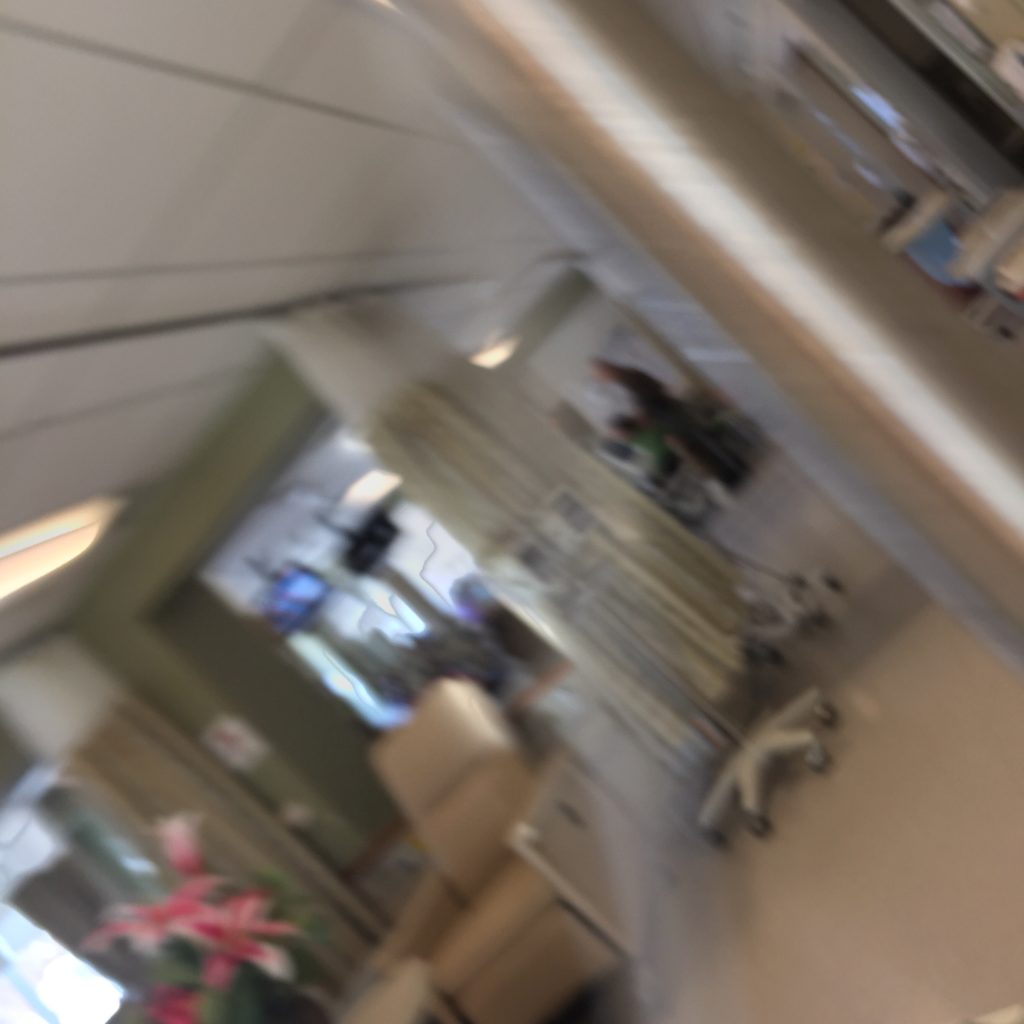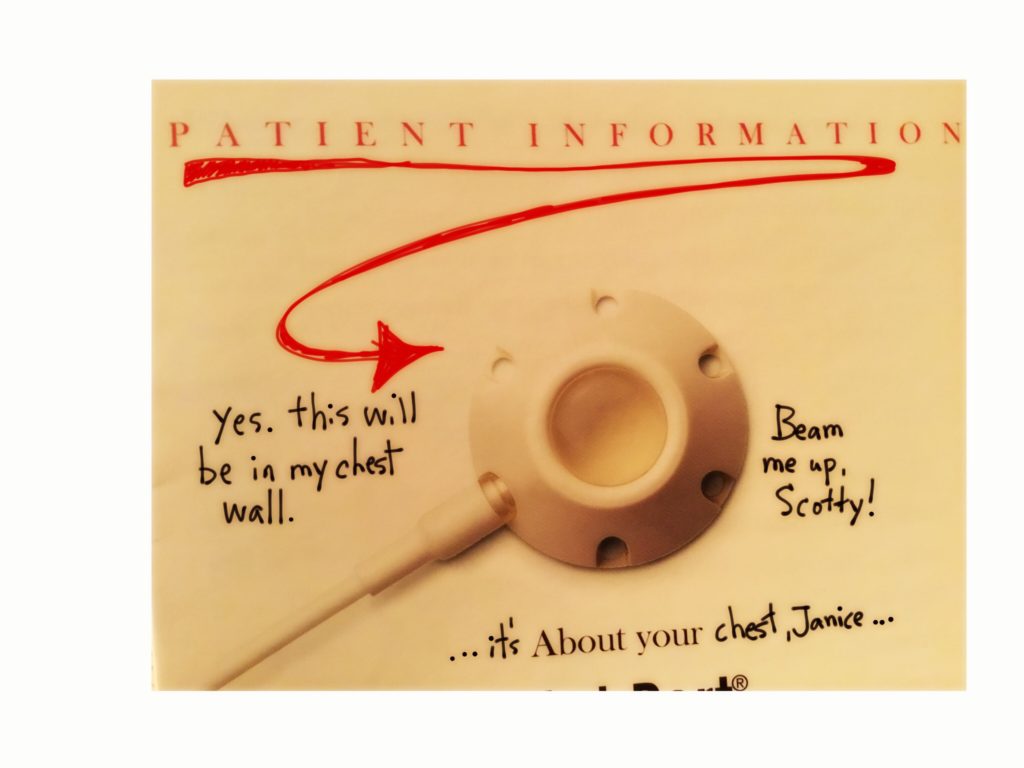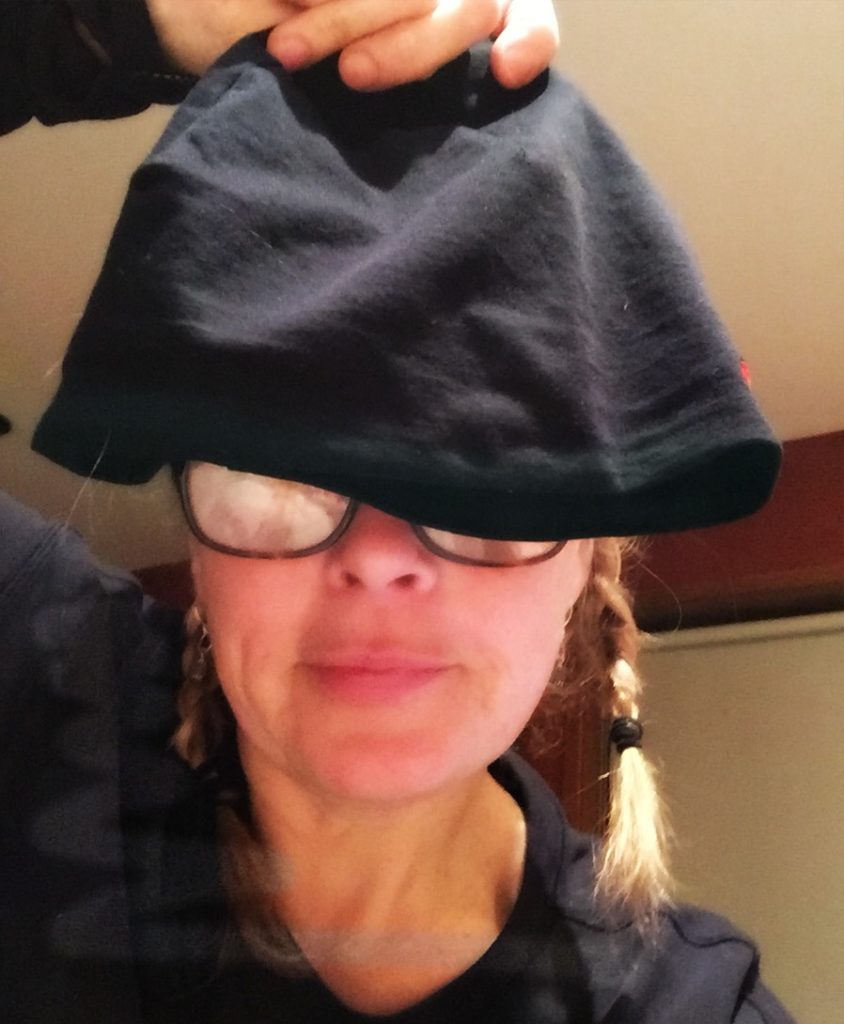Prior to this cancer journey I didn’t pay any mind to the recliner chair. I began to see the light a few days back when I had my information session with a Cancer Centre nurse. Her job was to be sure I understood about the chemotherapy, the side effects, and the procedures at the Centre, but she actually helped me to understand the power of the recliner. Specifically the brown recliner.
What I found out:
– The name of the place that I get my chemo is called “the suite”.
– The chairs for patients are all recliners.
– The brown chairs have a massage feature in them.
– It is chilly in the suite. Blankets are recommended.
– The brown chairs heat up.
– There are less brown chairs than beige chairs.
– Wednesdays are the busiest days (this has to do with Tuesdays being the days that most of the oncologists meet with patients – which happens the day before treatment)
– Since I go on Wednesdays I may not get a brown chair.
– People can bring me food and drinks but they can’t eat or drink with me.
– TVs are all on mute. I must be able to read the closed captioning.
– There is one chair beside every beige and brown recliner … I can only have one visitor who is not eating or drinking.
– The washrooms in the suite are not for visitors.
– I cannot go to Tim Horton’s but I can go and pee with my IV pole. But not with my visitor.
What I noticed on my tour:
– There are 4 sections in the suite, each one assigned to a different nurse.
– Each section has 4 or 5 recliners. A couple of them are brown.
– There were only 6 patients in the suite, scattered in the different sections. All of them were in brown recliners. None of them were talking.
– As I walked through, each of the patients glanced at me with a knowing look.
– Chemo drip bags come through a hermetically sealed window at the far end of the suite.
– There are 2 washrooms. (For patients.)
What I determined:
No picnics. No singing. No visits from loud friends. No way I’m missing out on a brown recliner.

My first treatment is happening while I write this. And yes, I got here early, in hopes of a brown chair. Oh ya, you guessed it … I got one!

My bum is nice and warm.
What I’m Doing in the Chair Today:
Schedule for the today (week 1):
– begin with a “loading dose” of Herceptin (8ml / kg) that lasts 90 minutes (the next doses are not as big … they are called maintenance doses with 6ml/kg)
– They watch me for 1 hour. For side effects, but likely also to see what kind of patient I am … complainer? Rule breaker? Under prepared? No friends? Chatterbox? Eavesdropper?
– Then I get approx 1 hour of “pre-meds” before the taxol. They include 4 things:
1. Oral dose of anti-nausea pills that I have to remember to bring with me each week. Oh oh.
2. Benadryl (oral)
3. 15 min of Zantac drip (coats the stomach, helps with nausea)
4. 15 min Dexamethadrone drip (steroid)
– FinallyI get the nasty stuff, Taxel for 1 hour and 15 min.
– Then I get a ride home at around 2.

Extra Curriculars:
I’ve got a load of things to keep me amused. All the technology: iPhone, iPod, ipad (yes, Apple junkie). Lunch & drinks. Knitting. Journal. Book & magazine. Etchasketch.
Better get busy! Lots to do.









